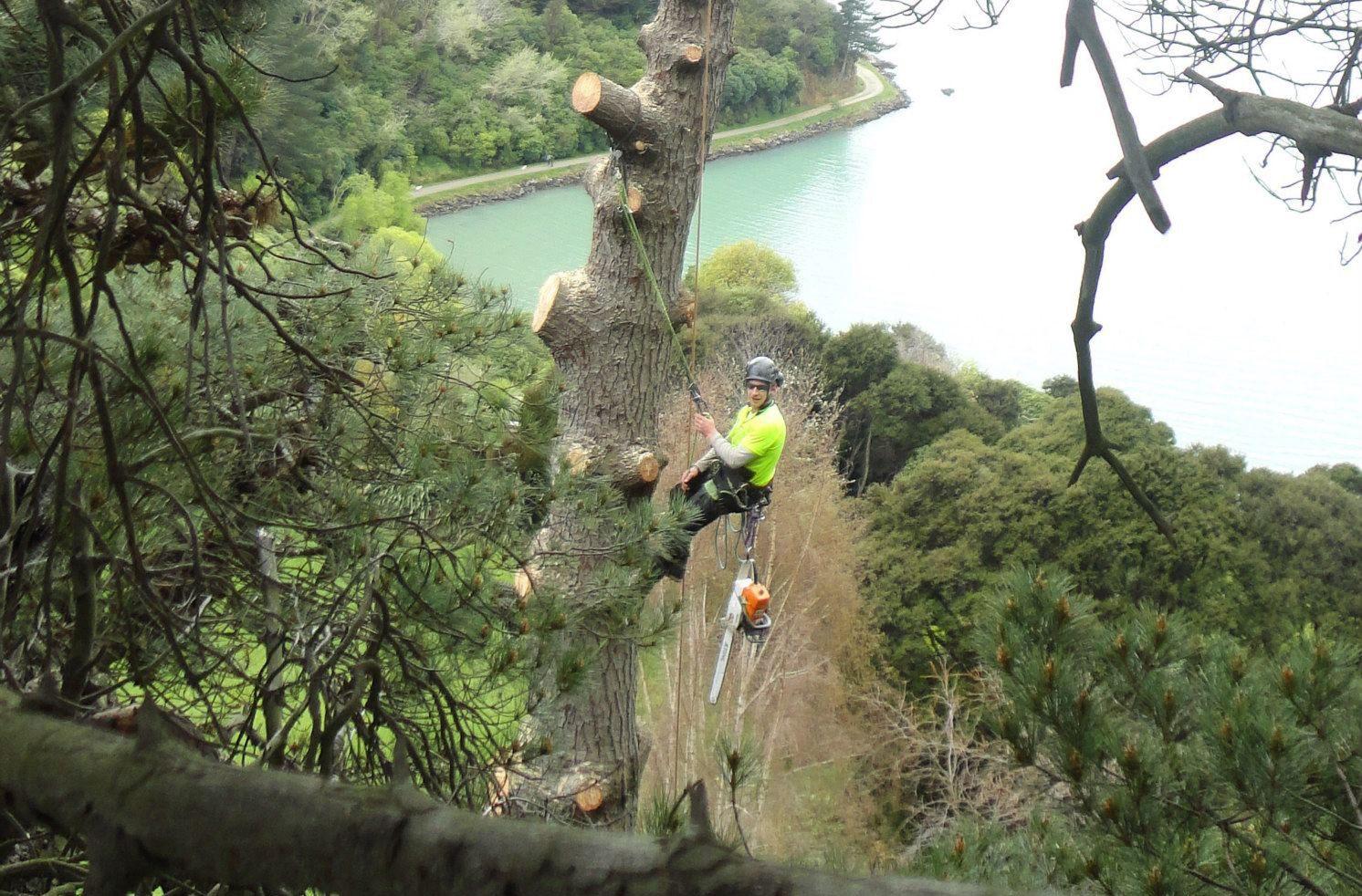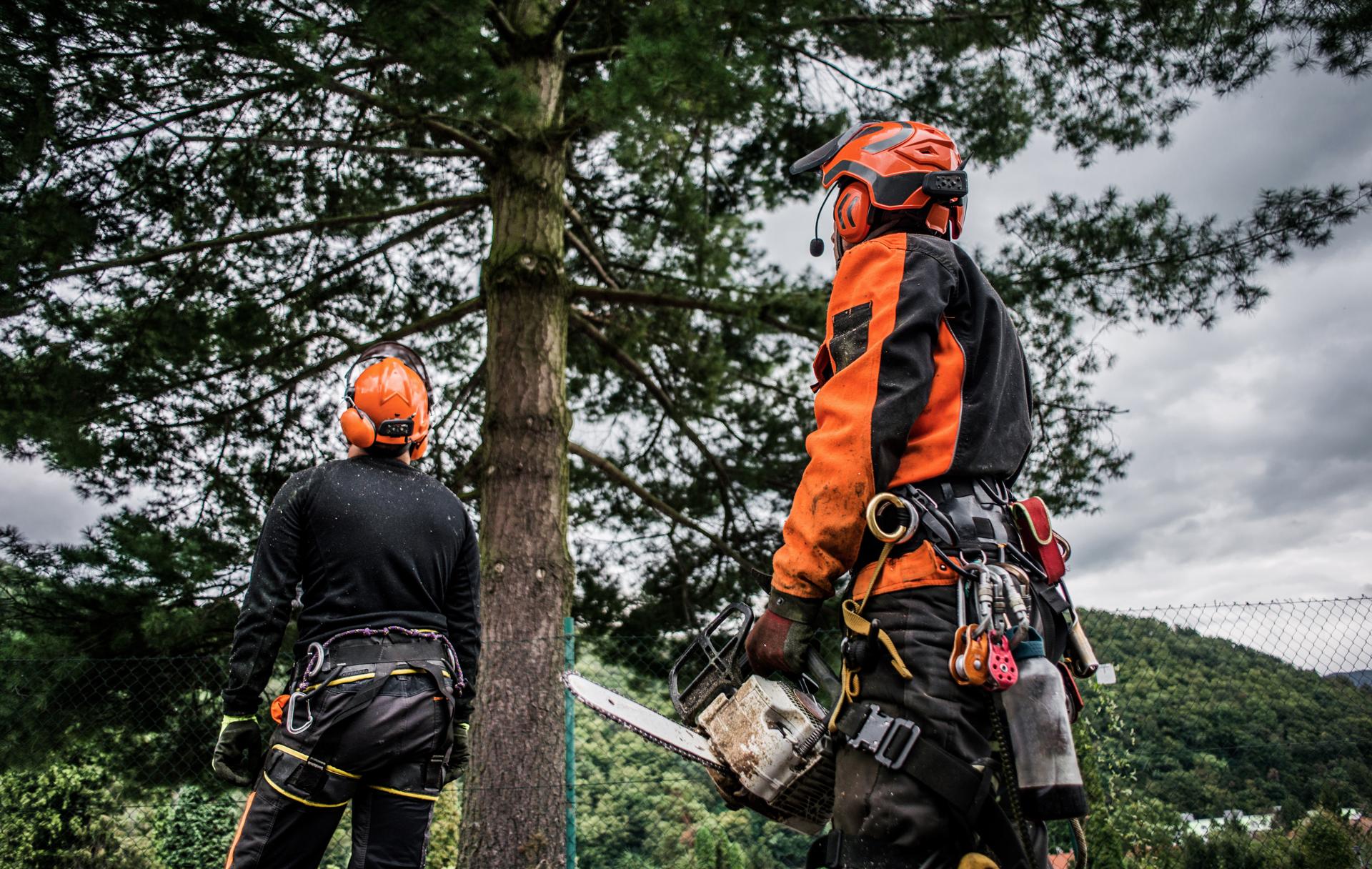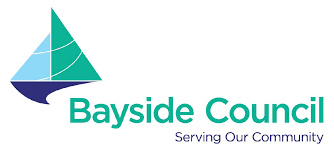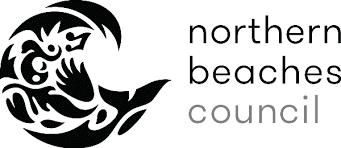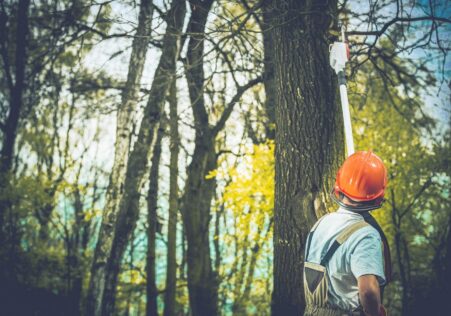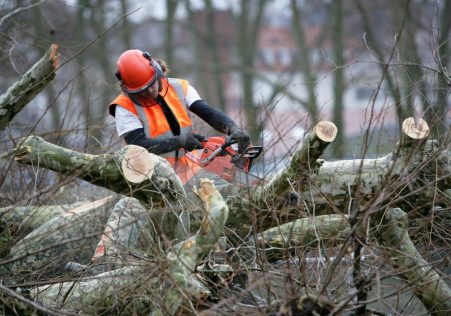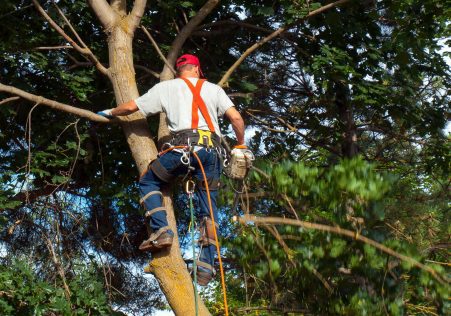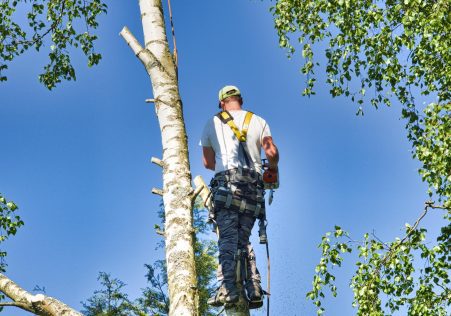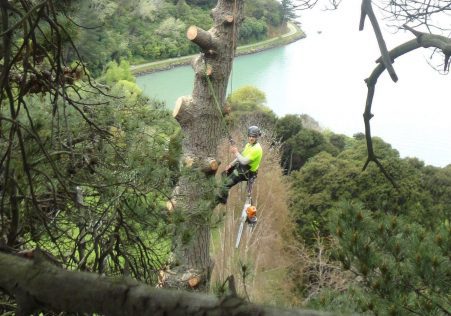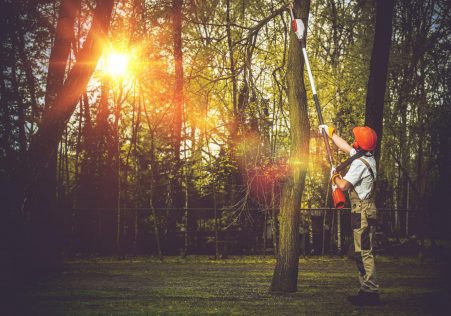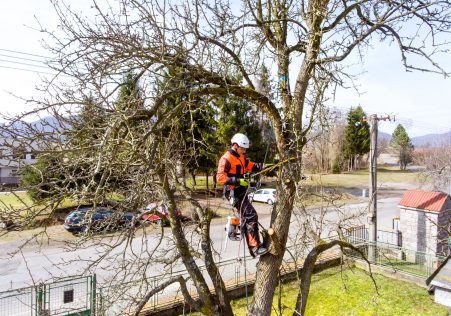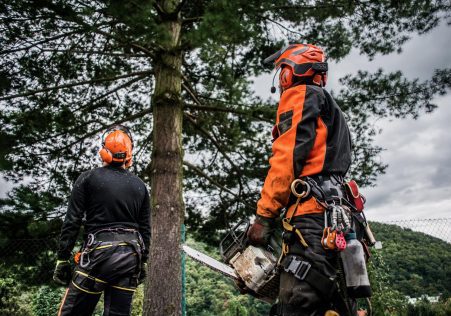An Arborist's Guide to Tree Cutting Down
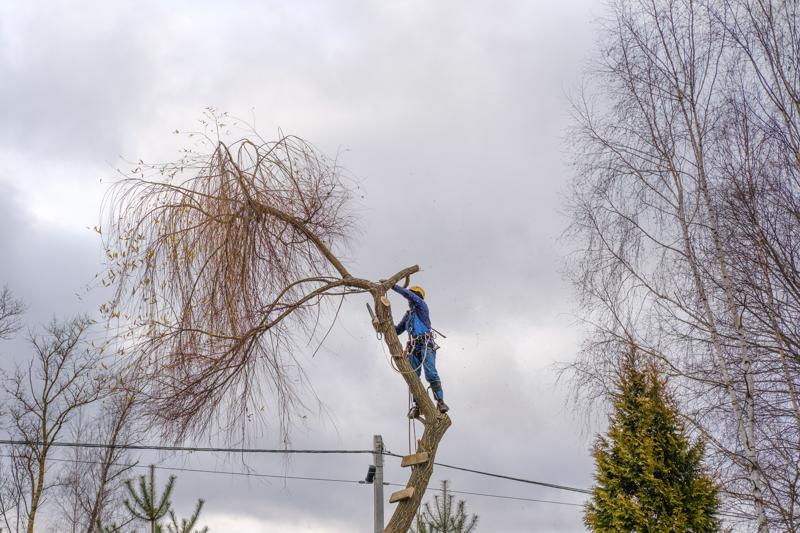
Tree removal is a complex and potentially hazardous task. If a tree has died or ill-healthed, or is in danger to fall, the tree could have to be removed in order in order to protect property and make sure that the tree is safe. But how do you tell when a tree must be cut down? In this article, we’ll guide you through the warning signs to be looking at and guide you decide the right time to call in the professionals.
Dead or dying trees
One of the evident signs that a tree must be taken down is if it’s dying or dead. Dead trees lack leaves and could appear lifeless. If a tree is without leaves or any signs of growth, it’s probably dead. In addition, the bark of dead trees may be dry, cracked or peeling.
Diseased Trees
Diseased trees may pose a threat to other trees and plants within the vicinity. The signs of disease that are common in trees include the appearance of yellowing leaves, wilted branches, and the growth of mushrooms at the base and the top. If you suspect your tree might be suffering from disease, it’s important to have it inspected by an arborist who is a professional.
Leaning Trees
TreesLeaning trees to one side may be an indication of a failing root structure and the tree could be at risk of falling. To find out if a tree that is leaning is at risk, look for cracks or breaks in the trunk and examine the soil at the base of the tree. If you notice any of these signs it is recommended to have the tree evaluated by an arborist.
Overhanging Branches
Overhanging branches of trees that are in close proximity to power lines or buildings can pose a risk to safety and property. If you have concerns regarding branches that hang overhanging It is recommended to have the tree evaluated by an arborist who will determine if pruning or removal is necessary.
FAQs
What can I do to tell whether a tree is dead?
A tree is considered to be dead if it does not have leaves and no indication of growth. The bark of dead trees could be cracked, dry, or peeling.
What are the signs of a dying tree?
Common signs of disease in trees include dying leaves, wilted or yellowed branches, and mushrooms growing at the base of the tree.
Can you safely remove an entire tree on your own?
Tree removal is a complex and potentially dangerous task. It’s best to leave it to the experts to ensure the safety of you and others.
Conclusion
When you’re dealing with tree removal, it’s crucial to be able to recognize the signs that a tree requires to be removed. When you’re aware of signs of dead or dying trees, diseased trees overhanging or leaning branches You can take action to protect your property and the people who live around you. If you suspect that there is a tree in your yard that requires removal do not hesitate to contact Blacktown Tree Cutting for a professional assessment. Our highly trained arborists have the experience and equipment to handle all the tree removal requirements. Don’t risk your security. If you believe that there is a tree in your yard that must be removed, contact Blacktown Tree Cutting today for a professional assessment. Our arborists are experienced and will provide you with peace of mind that comes from knowing your property is safe in the hands of our experts. Contact us today to 0480 024 203 to schedule an appointment.

